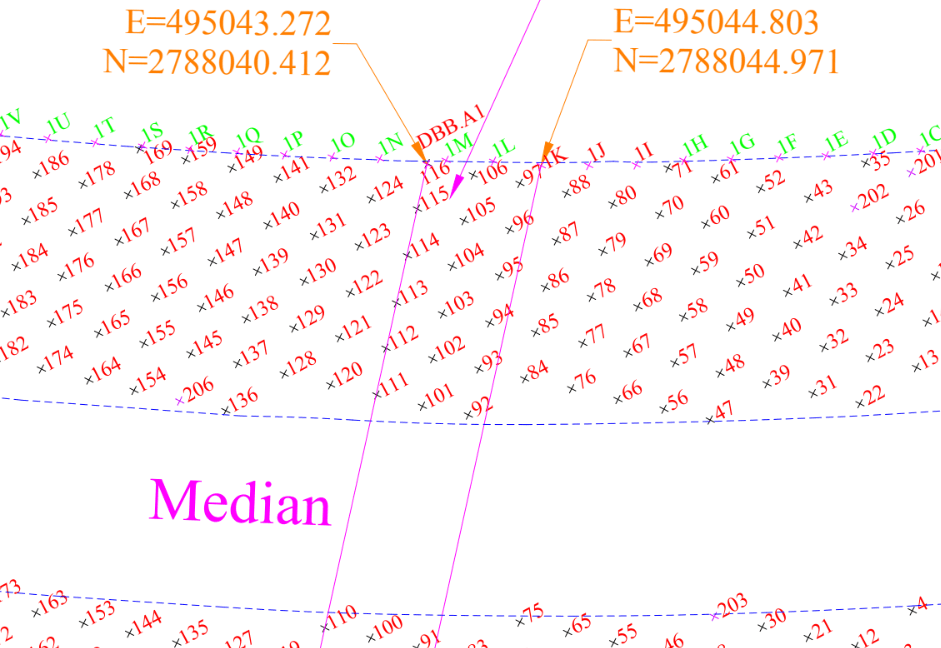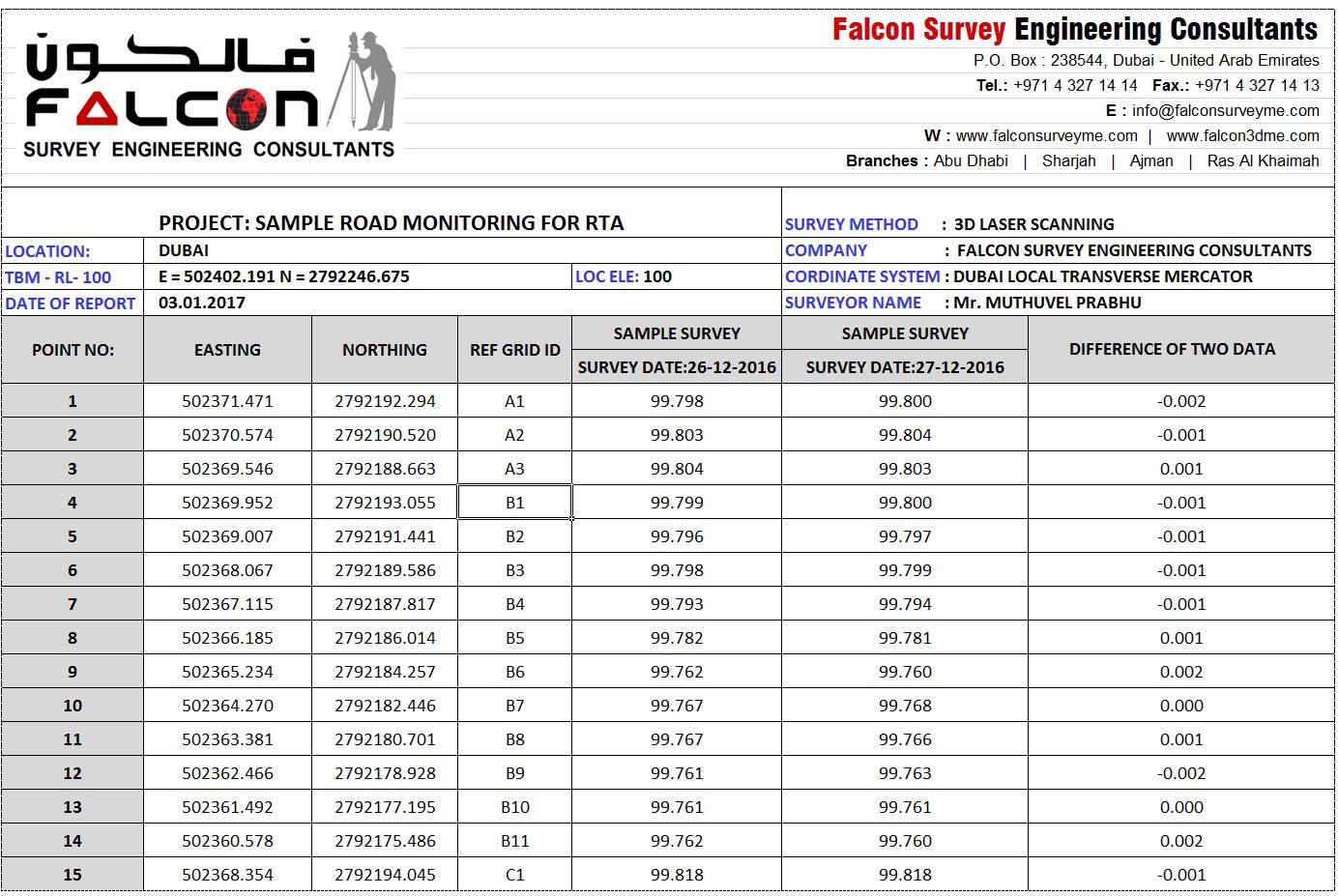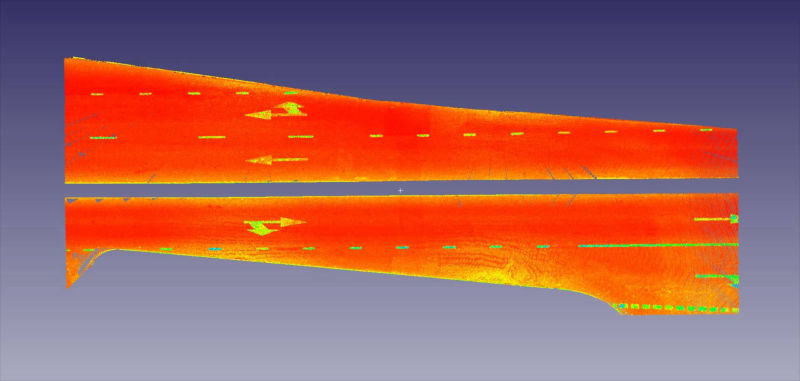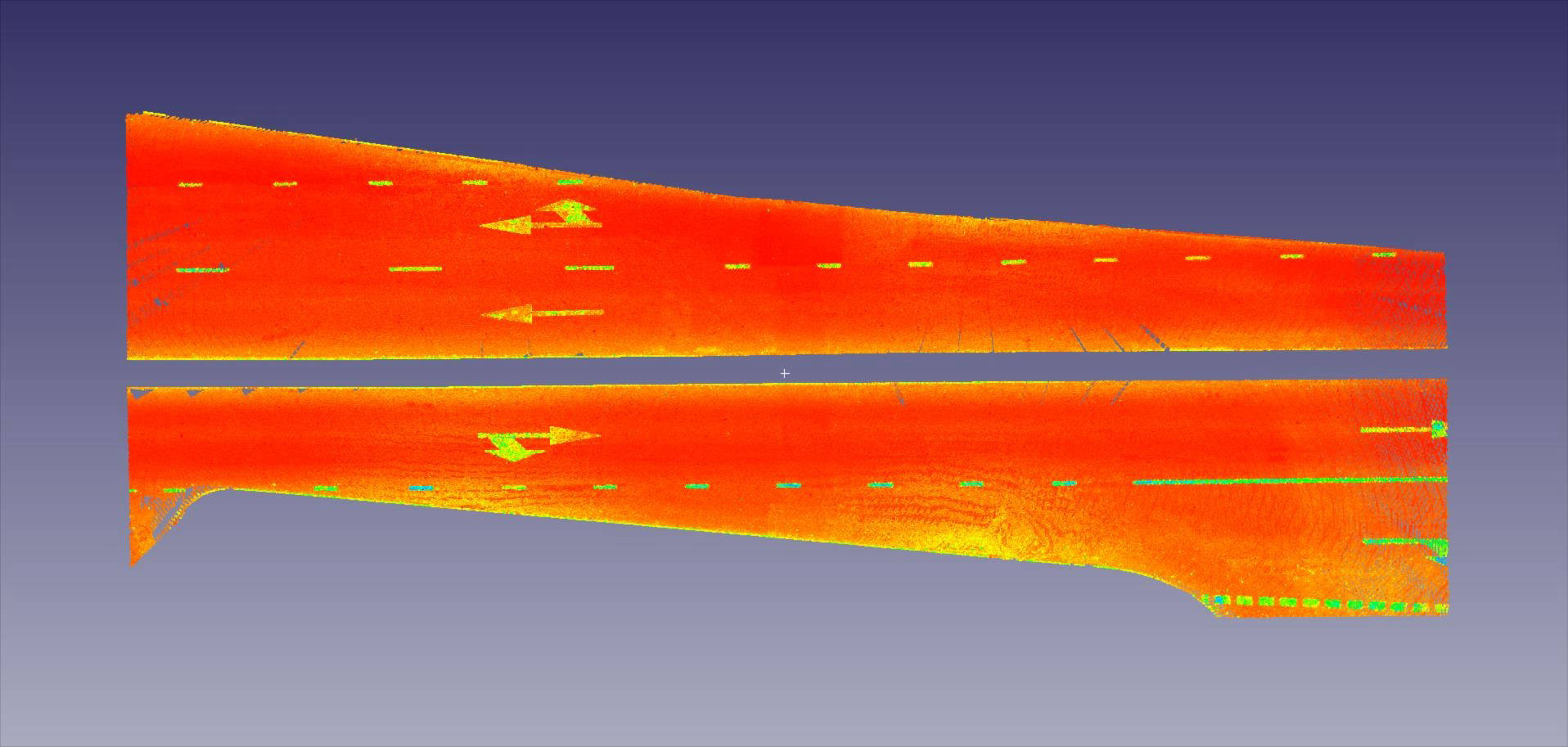Traditional surveying (like GPS, Total Station, auto level) often requires lane closures to accommodate field data acquisition of roadway features. At first glance you may think executing a lane closure is trivial, but closing a lane on a major highway takes planning and coordination. The procedure is typically coordinated with the Ministry of Transport & RTA; Diversionalso require the traffic police should be present during surveying. Which requires time in terms of the personnel and equipment needed to plan, set up, and take down the lane closure, adding cost and delays? 3D Laser scanning largely eliminates the need for lane closures (though due to complexity and safety some projects may still require lane closures).
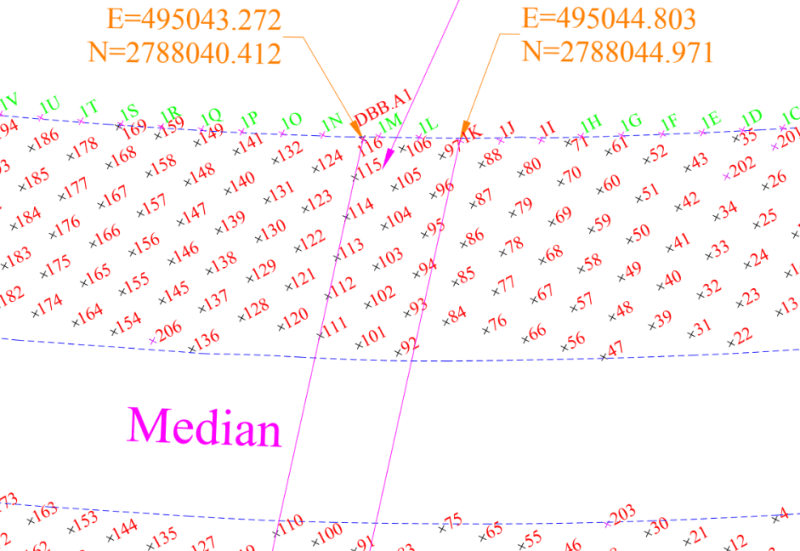 Figure 1: Example of Asphalt surface Levels at 2x2m Grid (Laser Scanner Data for the NDRC Works)
Figure 1: Example of Asphalt surface Levels at 2x2m Grid (Laser Scanner Data for the NDRC Works) 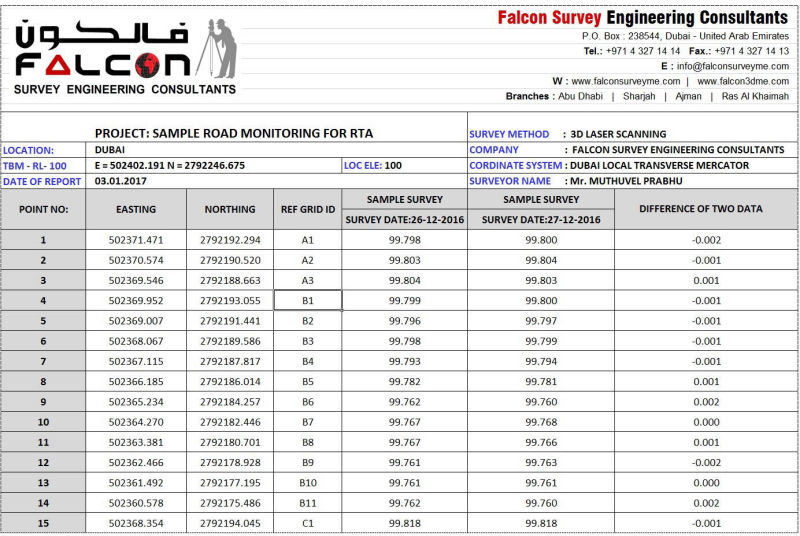 Figure 2: Example of Excel Data showing Comparison of Road Levels monitored on 2 Different Dates
Figure 2: Example of Excel Data showing Comparison of Road Levels monitored on 2 Different Dates 